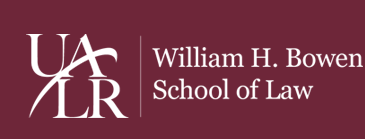
Document Type
Note
Abstract
Pursuant to Title 35, §101 of the United States Code, anyone who "invents or discovers any new and useful process, machine, manufacture, or composition of matter, or any new and useful improvement thereof" is eligible for a patent. Traditionally, the United States Patent and Trademark Office and the federal courts have enumerated a variety of tests for determining patent eligibility, but common language in the case law had lead to, in Bilski v. Kappos, 130 S. Ct. 3218 (2010), the development of what is known as the machine-or-transformation test. In an opinion delivered on the final day of the 2009-2010 session, the U.S. Supreme Court concluded that while the machine-or-transformation test is a useful tool, it is not the only test for determining an invention's patent eligibility.
This opinion preserved thousands of patents worldwide and prevented enormous emotional distress and financial hardship for inventors who had bet the proverbial house on their innovations. However, the ruling also had the unfortunate side effect of undermining two decades of patentability precedent which followed the machine-or-transformation test as the exclusive test for determining an invention's patent eligibility, thus leaving inventors and patent professionals without clear direction.
This note argues that while the Supreme Court seemed to turn the patent world upside down in the Bilski decision, the Court's refusal to adopt a rigid rule for determining patent eligibility under §101 correctly embraced a broad construction of §101. Broad interpretation of §101 is appropriate because it is simply a threshold inquiry, and claims must also meet the requirements of §§ 102, 103, and 112 before a patent is issued. Further, by finding that the machine-or-transformation test is a relevant factor but not the sole consideration, the Supreme Court preserved billions of dollars of patented property because alternate tests for determining patentability still provide valuable insight into the decision of whether to issue a patent. Although the Bilski decision does promote uncertainty in how to draft patent claims, such uncertainty is outweighed by the resulting standard which is flexible enough to adapt to new technologies.
Recommended Citation
Jennifer L. Davis,
Patent Law—Patentability Post-Bilski: No Need to Throw the Baby Out With the Bath Water When Determining Subject Matter Eligibility under 35 U.S.C. § 101,
34 U. Ark. Little Rock L. Rev. 421
(2012).
Available at: https://lawrepository.ualr.edu/lawreview/vol34/iss2/6
